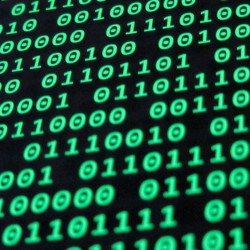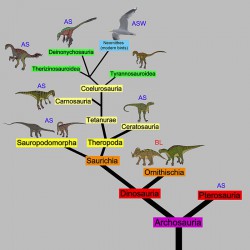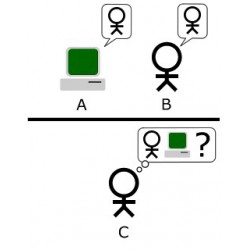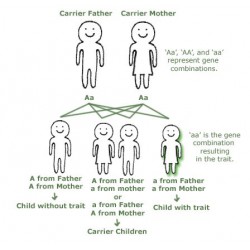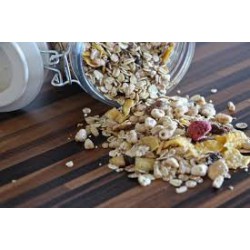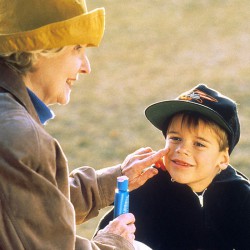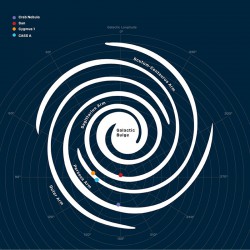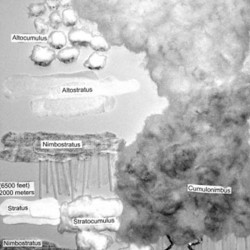Sort
Activities There are 601 items.
-
Binary Weaving
1 Review(s)Computers use binary numbers (Base 2), a series on "ons" and "offs" that encode information. 941
Check It Out
-
Phylogenetics
This activity is a great introduction to why biologists (and most other scientists) are learning to code! 0
Check It Out
-
Turing Test
Can you tell if you're talking to a human or a computer? This activity may help you be able to figure out if the online helpdesk is a real person, or just some code! 0
Check It Out
-
Monster Manual
1 Review(s)Learn more about genetics with this very cute monster building activity, adapted for multiple age groups! 1007
Check It Out
-
Hereditary Traits
This activity is available in English and Spanish, and helps participants learn about how traits can be predicted in family members. 0
Check It Out
-
Generations of Traits
1 Review(s)This activity shows how traits show up in later generations. 695
Check It Out
-
A recipe for Traits
1 Review(s)Partipants can use genetic traits to pick their new pet! 784
Check It Out
-
Heat Saving Device
Experiment with different household materials to see what works best to insulate an oatmeal snack. 0
Check It Out
-
Battling for Oxygen
Tweens use oxygen and ozone models -- constructed from gumdroms and toothpicks -- to show the dynamic interactions of Earth's protective ozone layer, the sun's UV radiation, and harmful human-made CFCs (chlorofluorocarbons). 0
Check It Out
-
Solar Energy
Two bottles -- one painted black, the other painted white -- are covered with balloons and placed in bright sunlight. 0
Check It Out
-
How to Build a Galaxy (beta)
Use craft materials -- and 3D printed models of astronomical models -- to model our Milky Way galaxy. 0
Check It Out
-
Cloudscape
Using common craft materials, participants construct a sky scence with trees and buildings as reference points on the ground and cloud types ordered by altitude in the sky. 0
Check It Out



